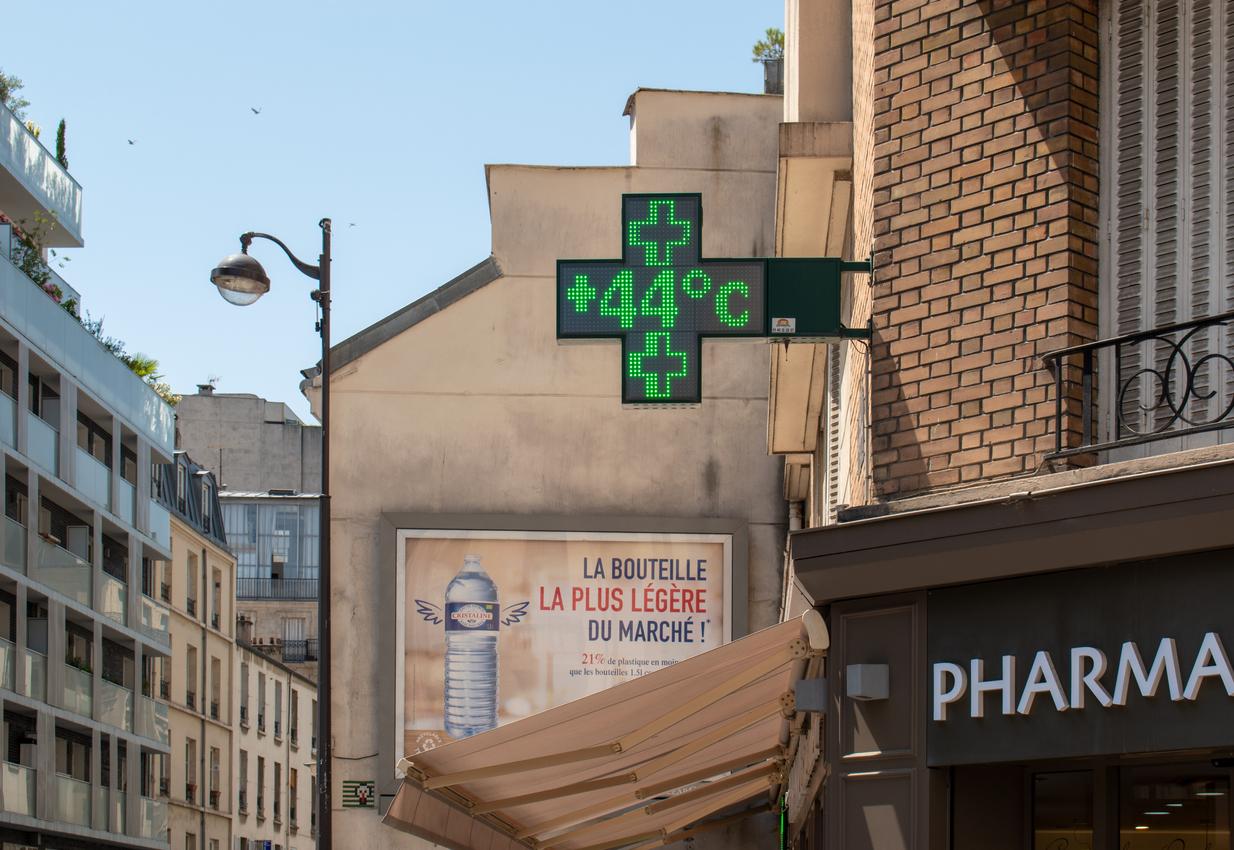Around thirty people died by drowning in France during the week of heat waves, sometimes during supervised swimming.

Sad toll: around thirty people died by drowning in France during the week of heat wave, announced the Minister of Sports Roxane Maracineanu on France Blue Occitania. “We absolutely have to be able to warn the population about the fact that you have to be attentive at all times, whether with children, in private swimming pools and even with yourself,” she said. affirmed.
Adults also engage in risky behaviors
The minister warns about the circumstances of these drownings, which do not always correspond to the “typical idea of drowning” that we have. “In private swimming pools, two out of three drownings happen during supervised swimming time. It is not children who fall into swimming pools. It is those who go into the water with their parents. The worst happens when there is a lack of supervision.”
But children are not the only ones affected. Adults sometimes engage in risky behavior. “It’s also adults who go into unsupervised bodies of water and without paying attention to what is called hydrocution.” The hydrocution is due to thermal shock when the body comes into contact too suddenly with cold water and can lead to death by drowning.
Increase in accidental drownings
According to the last “DROWNING” investigation conducted by Santé Publique France from June 1 to September 30 in mainland France and overseas, “accidental drownings are responsible for approximately 1,000 deaths each year and are the leading cause of death by accident in everyday life among the least 25 years old”. In 2018, 1,649 accidental drownings were recorded, representing 84% of the total reported drownings. 25% were fatal – indeed, sAccording to the World Health Organization (WHO), drowning is defined as “respiratory failure resulting from submersion or immersion in a liquid medium”, whether fatal or not.
Accidental drownings increased by 30% in 2018 compared to 2015 (1,266), according to the Public Health France report. In 2018, children under the age of 6 accounted for 28% of accidental drownings and 9% of deaths. 44% of accidental drownings took place at sea, 31% in swimming pools of all types, 22% in waterways or bodies of water and 4% in other places (bathtubs, pools, etc.) with a breakdown fatal drownings of 40%, 17%, 40% and 3% respectively.
dry drowning
Among the cases of drowning, there is dry drowning (or delayed drowning) that occurs out of water. The World Health Organization (WHO) defines it “such as death by suffocation following immersion in water”. More specifically, it is respiratory failure due to recent immersion in liquid. If a person has nearly drowned, or drunk the cup, this can be fatal a few hours or even a few days after swimming (up to 72 hours later).
The WHO has identified two types of drowning: dry and wet. “In wet drowning, the person has inhaled water which interferes with breathing and causes the circulatory system to collapse. In less common cases of dry drowning, the airway closes due to spasms caused by the presence of Near drowning can cause neurological damage and successful recovery depends on prompt rescue and resuscitation.”
.















